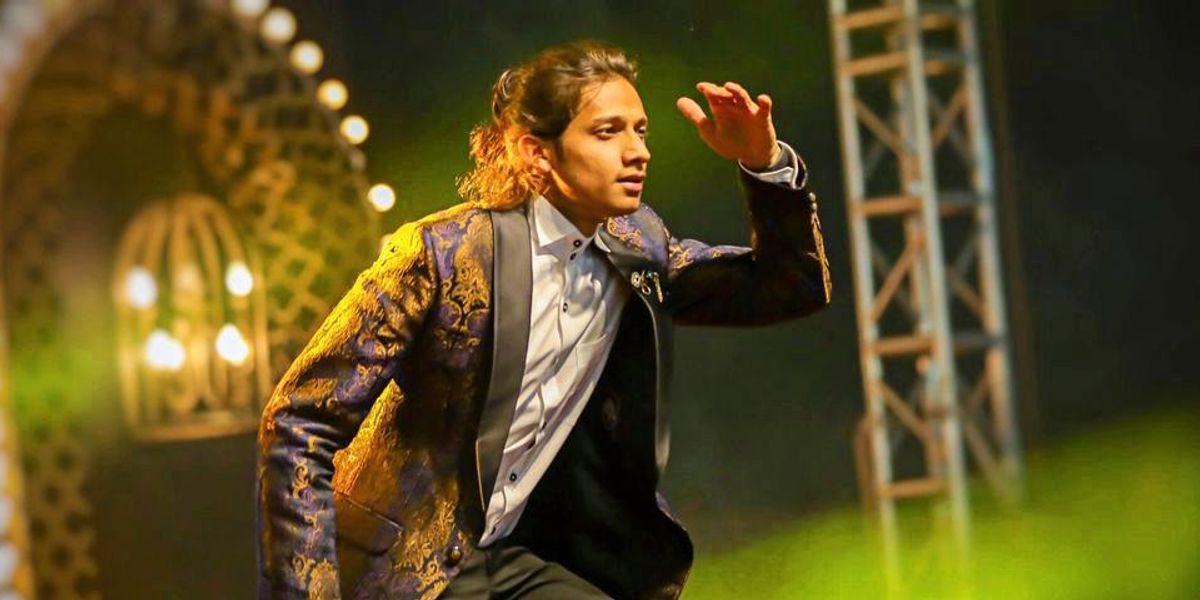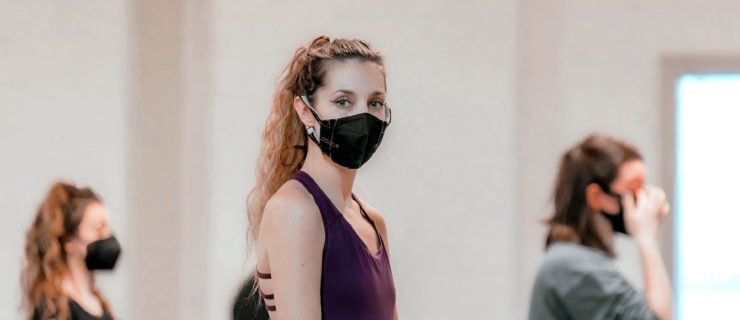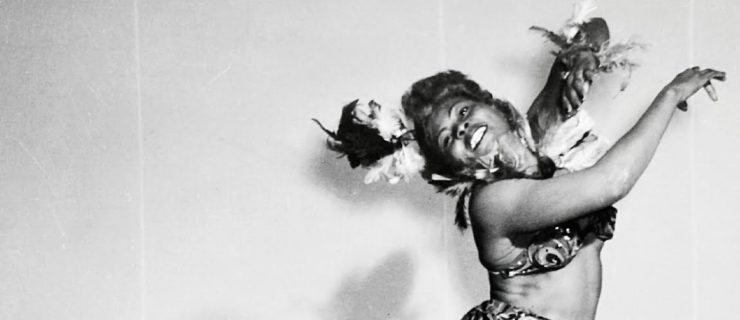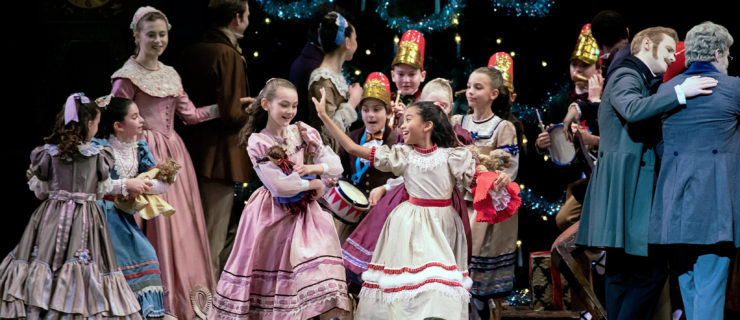Tanishq Joshi is Stomping on South Asian Stereotypes by Fusing Hip-Hop Choreo With Bollywood Music
For Tanishq Joshi (aka Taneesky), becoming a dancer was as unexpected as your music cutting off mid-performance. An unfortunate injury in his hometown of Indore, Madhya Pradesh, India, led to the more fortunate discovery of a new passion and a flourishing career.
Joshi’s had the opportunity to choreograph and compete at “World of Dance” events, perform at the JaQuel Knight Showdown, and grace the stage at Pharrell Williams’ “Something in the Water” concert. And that’s all on top of work and training with dancers and choreographers like Devin Solomon, Denzel Chisolm, Josh Killacky, Samantha Caudle, and Jake Kodish.
Joshi shared his story with Dance Spirit, and broke down how his unique approach to choreography is helping him diminish stereotypes, open doors for South Asian dancers, and inspire the dance community at large.
The Come Up
At the age of 16, Joshi’s happy accident caused him to break his left tibia, leading to a pretty intense surgery that left two screws and three metal rods in his leg. That’s tough news for anyone, and especially for Joshi since he was a soccer player at the time. But when it came to deciding what to do for physical therapy—and without a clue of where his journey would lead—he chose dance.
In the beginning—and in a super-beginners’-level dance class—Joshi says, “there was one step that took me three or four days to get.” So, when you see his intricate, textured movement today, just know it took plenty of hard work to get there.
Adapting to New Environments
After eventually regaining strength in his leg, Joshi continued to do exactly what healed him. With the urge to dip his toes deeper into the dance world, he decided to apply for a college dance scholarship. That decision got him a full ride to Drexel University, where he studied finance while casually balancing a job as a barista and traveling by bus from Philadelphia to NYC for dance classes. “I started by looking for Matt Steffanina’s classes because I used to watch his videos all the time back in India,” Joshi says.
His dance style began to evolve when he started training more heavily in hip hop, and receiving mentorship from Dinita “Queen Dinita” Clark and Kyle “JustSole” Clark, who helped him tap into even more foundational styles, like popping, house and Afro.
But Joshi’s journey as a South Asian in the U.S. still came with a lot of pressure. This was the first time anyone from his family had been to the U.S. “Fortunately, I was able to get past the culture shock, make some friends, and have dance as my source of support,” he says.
A Sequence of Epiphanies
As his passion and hunger for dance continued to grow, Joshi not only got recruited as a team member for Creative Reaction, he got the opportunity to choreograph for the company. “I think that’s the best decision I ever made,” he says. That’s because, beyond the success they experienced as a team onstage, they were a constant source of encouragement for Joshi offstage. “When I came to the U.S., I wanted to fit in,” he says. But his teammates helped him realize “there’s nothing wrong with me or my voice. That’s what makes me me, and I’ve got to own it.”
Shortly after graduating, Joshi landed a job as a financial analyst, and it gave him a glimpse of the work life he didn’t want. “I’d find myself taking bathroom dance breaks,” he says. Things definitely got a little weird when the CEO would enter to find Joshi dancing full-out in front of an audience of stalls.
“Every time I’d go back to my desk, I was reminded that I wasn’t made for this. I’m supposed to dance,” he says. That’s when Joshi quit his finance job and created his own dance business.
From Playing the Game to Changing the Game
Much like his start in dance, Joshi’s approach to choreography today is, well…unpredictable. “All these years, I kept listening to Bollywood music, but never really thought to choreograph to it,” he says. “I kept using all the popular ‘Hollywood’ songs.”
Having more time to reflect during the pandemic, Joshi thought about the dance connections he’s made in the U.S. in comparison to his lack of connections to the dance community within his home country. This imbalance didn’t feel right to him, so he took action by connecting with the dancers he knew—both here and back home—and saying “Let’s choreograph to a bunch of Bollywood music!”
“What I’m trying to do now is put all of my hip-hop dance training to Bollywood music,” Joshi says. Although uncommon, this style of dance paired with this genre of music creates a surprisingly refreshing dance experience. Now, whenever given the opportunity to choreograph, Joshi will pick a Bollywood song over anything else.

Stomping on Stereotypes
Embarking on his dance journey, Joshi did a lot of research looking for role models in dance who looked like him, but the results were scarce. “I’m definitely inspired by so many dancers, but I would love it if there were more South Asian representation in the dance industry.”
To add to the lack of representation, some of his early audition experiences—like dealing with choreographers making stereotypical remarks after he’d already been cut—left him feeling like he’d been placed in a “Bollywood box,” in which everyone assumed he wasn’t capable of dancing any other styles.
“Whatever I’m doing now, it’s to get past that, and let my skills speak for themselves,” Joshi says. “And if I can’t find representation, I’m gonna give them representation.”
Now, he’s doing just that: Making history as the first South Asian to teach at Snowglobe Perspective and the TMilly TV Studio, and giving dancers a class experience they’ve never had before.
A Bright Future for South Asian Dancers
Having taught countless workshops and mentored dancers from India, Joshi is naturally pushing South Asian dancers and Indian culture to the forefront of the dance industry—all while becoming the role model he wishes he had on his journey.
Serving as inspiration for so many back home—and having accomplished so many firsts—Joshi certainly won’t be the last South Asian of Indian descent to banish stereotypes in such a unique way.
“I intend to continue mentoring and opening doors for Indian dancers, and I know for a fact that, in the future, there will be higher numbers of South Asians represented within the dance field.”




